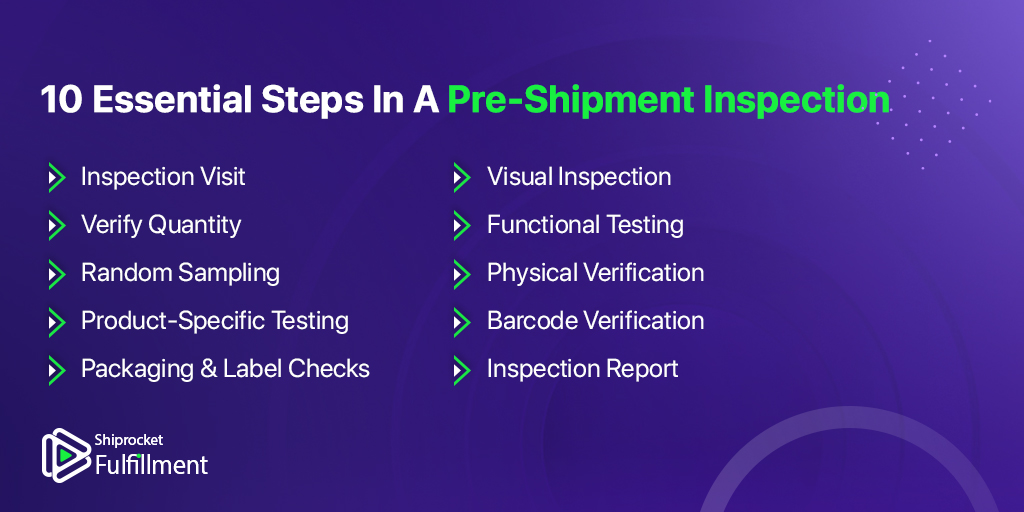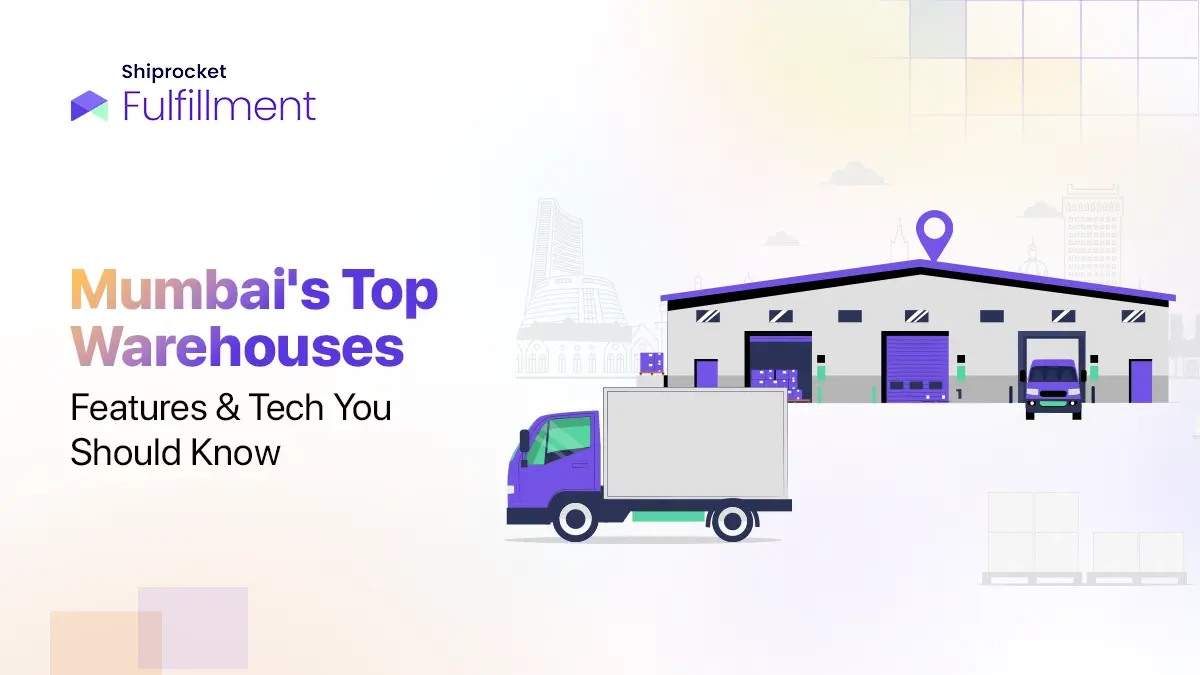When you import products from outside or source them from a third-party supplier, they must be in the perfect shape to be eligible to be sent to the end customer. If there are no steps in place to check the quality and the viability of the products, there is a considerable chance that you will face a backlash from the customers when they receive the product. Even one faulty product can lead to a negative response, eventually leading to brand dilution. Hence, instituting a protocol that can help inspect the incoming product and outgoing shipments will be most beneficial for businesses. Let’s look at what the pre-shipment inspection is, its role in eCommerce, and the steps involved in carrying out a successful pre-shipment assessment.

What is Pre-Shipment Inspection?
Pre-shipment inspection refers to the steps taken by sellers to inspect newly manufactured or sourced products before their ship to the final customer.
The main role of the shipment and inspection is to check the quality of the products, and the quantity of the merchandise, find any defects in the pieces, ensure that the safety requirements are met, and check for any discrepancies in billing, etc.
Pre-shipment inspections were officially introduced in 1994 to improve the international trade standards under the General Agreement on Tariffs and Trade (GATT).
An independent inspection agency is employed to perform these inspections to ensure the functionality, durability, performance, dimensions, etc. of the products. A pre-shipment inspection is usually performed when the production or supply is at least 80% complete. This is an added validation that gives the customer satisfaction about the product quality and safety.
Essential Steps in a Pre-Shipment Inspection

Inspection Visit
The first step in the pre-shipment inspection procedure is the inspection visit. This includes the planning of the inspection on the site at which it will be carried out. The inspection procedure is laid out and the process is decided.
Verify Quantity
The next step is quantity verification. The inspectors count the cartons to verify the quantity and ensure that the right number of products and boxes are sent to the correct destination.
Random Sampling
The next step is random sampling. In this step, a statistical sampling procedure like the Acceptance Quality Limit (AQL) sampling method is used to determine the number of pieces to examine in each batch/carton. Post this, the products are pulled from the final batch.
Product-Specific Testing
After samples are taken from the production batch, special testing is done to determine the quality of the products. This is usually based on the category. For example, if the goods are electronic, the charging ability, time taken to charge, etc. will be carried out. These tests vary as per the products and some tests can be time-consuming, hence inspectors begin with these.

Packaging and Label Checks
The next step is to check the packaging and labeling of the goods. Here, the inspectors check the labels of the packaging and identify any miss labeling that can get you in trouble. Also, the packaging is verified by checking the card in size, weight, sealing methods, etc.
Visual Inspection
After this, the samples are visually inspected to check for obvious defects like any paint that might be peeling, missing screws, etc. The defects are classified as minor, major, or critical and this classification is decided beforehand.
Functional Testing
In the next step, the products are checked by using them to see if they work as intended. For example, if you are inspecting the dining table, the lens must be sturdy and firm, if you are inspecting a hair clip, the screws must be in place and it must not break when tying your hair, etc.
Physical Verification
Under the physical verification step, the product is checked for height, weight, length, breadth, etc. to ensure that the physical criteria areas mentioned. Here, tools like Vania calipers, measuring tapes, weighing scales, etc. are used to confirm actual measurements.
Barcode Verification
After the physical requirements, a barcode verification is done so that all information is accurately captured in the barcode and no roadblocks to phase during shipping. It is also checked if it is properly placed on the box and readable.
Inspection Report
The final step after all the inspection steps in the report. A report is prepared approving or to reject the inspection. It contains the process and results of each of the tests that are conducted.
Final Thoughts
A pre-shipment inspection is a great way to ensure that your customers receive only the best products. To finally ship your products and store them safely, you can outsource to 3PL fulfillment providers like Shiprocket Fulfillment. This can help you reduce shipping costs and deliver with same-day and next-day delivery.






